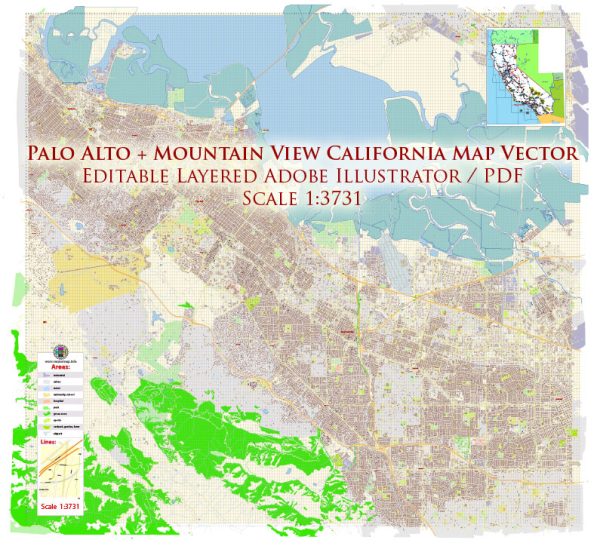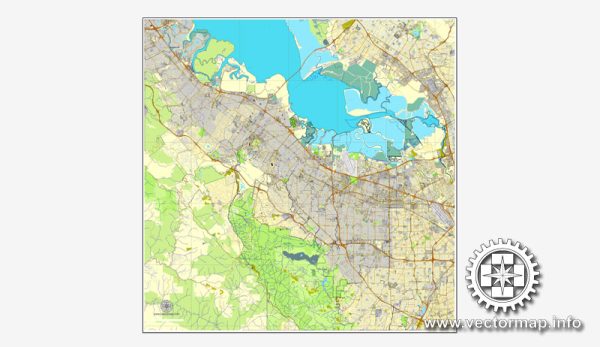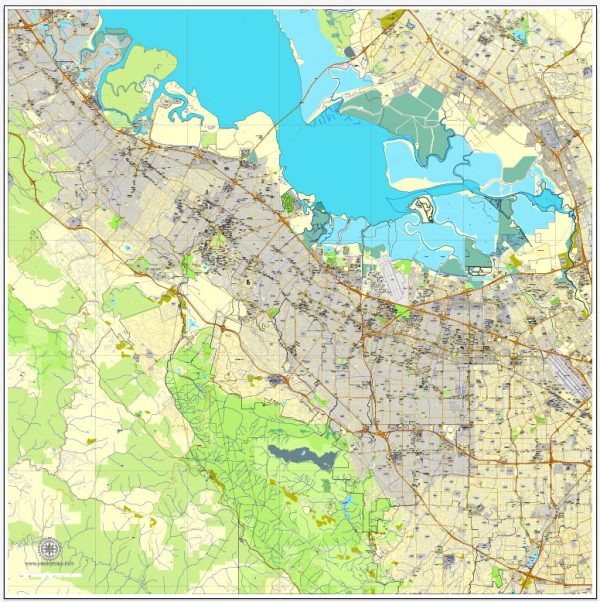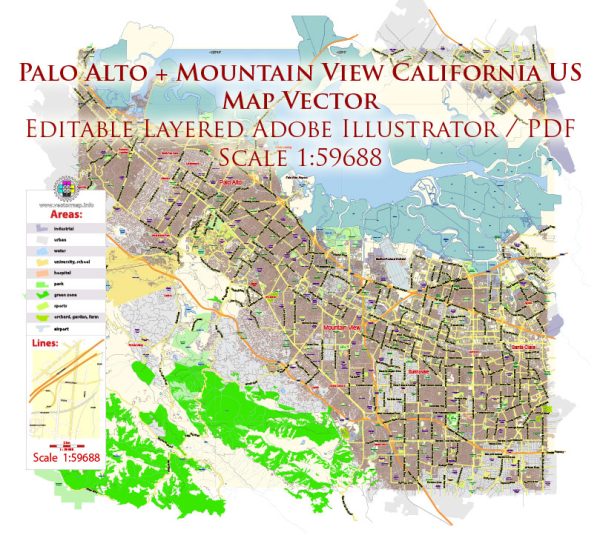Palo Alto and Mountain View, both located in the heart of Silicon Valley in California, have rich histories of urban development shaped by factors such as agriculture, technology, and innovation. Here’s an overview of their histories:
Palo Alto:
- Early Settlement: Originally inhabited by the Ohlone people, the area that is now Palo Alto saw Spanish colonization in the late 18th century. The name “Palo Alto” is derived from a coastal tree, the tall stick (palo alto) that early explorers used as a landmark.
- Rise of Agriculture: In the late 19th century, Palo Alto was primarily an agricultural area. The construction of the Southern Pacific Railroad in the 1880s facilitated the transportation of crops, and the region became known for its orchards and farms.
- Stanford University: One of the most significant influences on Palo Alto’s development was the founding of Stanford University in 1885 by Leland Stanford, a prominent industrialist and politician. The university has been a major driver of intellectual and economic growth in the region.
- Emergence of Silicon Valley: In the mid-20th century, Palo Alto became a central part of Silicon Valley’s emergence as a global technology hub. Companies like Hewlett-Packard (HP) started in garages in Palo Alto, contributing to the development of the technology and innovation ecosystem.
- Technological Innovation: Over the decades, Palo Alto has been at the forefront of technological innovation. It is home to Stanford Research Park, one of the earliest science and technology parks in the world, which has attracted numerous high-tech companies.
Mountain View:
- Agriculture and Railroads: Like Palo Alto, Mountain View started as an agricultural community. The area was known for its abundant orchards and vineyards. The arrival of the Southern Pacific Railroad in the late 19th century facilitated the transportation of goods and people.
- Aerospace Industry: In the mid-20th century, Mountain View experienced significant growth due to the establishment of the Ames Research Center, a NASA facility, and the Moffett Federal Airfield. The aerospace industry played a crucial role in shaping the city’s development.
- Silicon Valley Influence: Similar to Palo Alto, Mountain View became a key player in the development of Silicon Valley. It is famously known as the headquarters of Google, which was founded in 1998 and has had a profound impact on the technology landscape.
- Diversity of Industries: Mountain View has seen the diversification of its economy, with a mix of technology, aerospace, and other industries. The city has embraced its role as a technological hub while maintaining a commitment to preserving its natural environment.
Both Palo Alto and Mountain View continue to evolve as integral parts of Silicon Valley, attracting talent, fostering innovation, and contributing to the global tech landscape. The combination of academic institutions, a skilled workforce, and a supportive business environment has been instrumental in shaping their urban development trajectories.





 Author: Kirill Shrayber, Ph.D.
Author: Kirill Shrayber, Ph.D.